The war in Afghanistan should be studied in relation to political culture, political economy and broader national and regional history.
After the formation of the modern nation-state between 1880-1929, Afghanistan has witnessed at least seven major conflicts. Starting from the war of state construction and establishing a centralized authority between 1880-1901; on through the 1919 conflict with British India and guerrilla war against the Soviet invasion and the Communist administration in Kabul (1979–92); onto the civil war among the rival mujahedeen factions (1992–96); and the ongoing fight against the Taliban, war has been an almost continual presence in the lives of Afghans.
Mainstream literature on Afghanistan tends to portray the country as a terra incognita – the land of tribes, the home of warlords, and the graveyard of empires. The current media analysis with regard to politics of Afghanistan takes a culturalist approach, which ignores the sociopolitical conditions and historical context of events. In the words of Mahmud Mamdani, there is a “cultural talk” with respect to Afghanistan. Relating war and conflict to political culture is stereotypical and reductionist. In Nazif Shahrani’s view, cultural factors do not have a direct causal relationship with social conditions. It is the specific economic, political and historical context that facilitates the conditions for cultural factors. Therefore, the war in Afghanistan should be studied in relation to the country’s political culture, political economy and broader national and regional history.
Divided Subcultures
The political culture of Afghanistan is an infusion of religious and traditional elements, divided subcultures and mutually reinforcing fissures. Social structures and political culture of Afghanistan differs from region to region, from one nationality to the other, encompassing a heterogeneous ethnicity, religion and language. Emphasizing societal and cultural heterogeneity of the nation, Ravan Farhadi argues that Afghanistan is a minority’s country, since no ethnic group makes up more than a third of the population.
Unlike the mainstream perception that neglects the diversity of the land, Afghanistan is not entirely a tribal society. Afghanistan is a multicultural entity, which has both tribal and non-tribal communities. Thomas Barfield argues: “Ethnic groups in Afghanistan come in two flavors: tribal and non-tribal.” Tajiks are the largest non-tribal nationality in Afghanistan, making up one-third of the population. However, the Khans and Mirs have always played the role of local leaders in Tajik society. Tajiks became politically dominant in the region with Tahirids, Safarids, Samanids and Ghurids Empires between the 9th and 12th centuries, and constitute the urban population of almost all the provinces.
A prolongation of war and militarization of society in the 1980s and 1990s, lack of tolerance for accommodation of diversity, and a failure to establish a broad-based government by the mujahedeen in 1992 transformed the previously latent ethnic grievances into an open and violent conflict among each other.
The urban Tajiks are bureaucrats, clerics and merchants. The rural Tajiks are involved in agriculture. The Uzbeks, Turkmen, Hazaras, Balouch, Pashtuns and Aimaqs are predominantly tribal. The tribal bonds are stronger in Pashtuns and they can trace their genealogy to a common ancestor. With regard to the others, either they have not been recognized by their tribal decedents externally, such as the Hazaras, or they lost their genealogical character at some point in the past, such as Uzbeks and Turkmen.
The tribal structure of Hazaras was diminished to a large extent as a result of mass killings by King Abdrrahman Khan between 1880 and 1901. Being Shiite, Hazaras faced substantial discrimination since the time of King Abdurrahman until the end of the first republic in 1978. The Communist government supported minorities to some extent and recognized their rights. The Uzbeks are Turkic-speaking people who are dispersed in the north of the country, which became politically dominant in the region in the 10th century with the Ghaznavids. The Pashtu-speaking tribes are categorized in three different social structures and political cultures: the Ghilzais, the Durranis and the Kuchis.
Lack of institutional and structural mechanism for accommodation of such cultural diversity led to social injustices and suppression of minorities and finally to political instability.
Cultural Assimilation
The modern nation-state of Afghanistan has formed as a result of two main factors: The colonial rivalry between Russia and the British in Central Asia, and internal subjugation of different nations and ethnicities by the rulers of Afghanistan. Despite having a diverse political culture at the national level and being a multinational country, the Pashtun culture and kinship structure has configured the nature of the state in Afghanistan over the last two centuries. Since the mid-18th century when the Pashtuns were brought to power by Ahmad Shah Abdali in 1747, their political culture has been the defining factor of Afghanistan’s national politics. The kin-based tribal culture enforced a hierarchical social structure at the national political level. In this structure, the Durrani Pashtuns are at the top of the pyramid; Ghilzia Pashtun come second; and Tajiks, Uzbeks and Hazaras come sequentially at the bottom.
The assimilationist nation-building process centralized the Pashtun kin-based political culture as Afghanistan became a tribalized nation-state. The main reason behind Pashtuns’ consolidation of power was the sponsorship of Pashtun rulers by colonial powers, which changed Afghanistan to a rentier state. In 19th and early 20th century, it was the British who funded the rulers. For example, the British sponsored Abdurrahman Khan with 1.8 million rupees annually. The Soviet Union (USSR) and the US took on the role from British from 1950s onward. This assimilationist nation-building and ethnicity-based nationalism were adopted by figures such as Mahmud Tarzi, founder of Serj al-Akhbar newspaper in 1911, and Afghanistan’s foreign minister in 1919. These figures were affected by the nationalist ideologies of the Ottoman Young Turks.
Systematic ethnic, religious and linguistic discrimination and revolt against Habibullah Kalakani, a Tajik king, in 1929 were the fruits of this structure. The state structure and resources were used in favor of one ethnic group. The oppressed ethnic groups have felt alienated from the nation-building process and this led to grievances and enhanced social rifts.
Militarization of Society
The social rifts and heterogeneity in Afghanistan have been restructured and reconfigured throughout different socioeconomic conditions. For instance, the process of nation-state construction in the late 19th and early 20th century and the militarization of society and warlordism are two processes that could prove this claim. Political culture of such a nationally diverse country has been reconstructed through a violent, oppressive, tribal dynastic rule — a tribalized political culture of one social group enforced on other communities.
The collapse of the autocratic monarchy in 1973 led to a gradual weakening of state authority. With the weakening of the state, the oppressed ethnicities gained an opportunity to speak out and assert their identity in a violent manner later in the 1990s.
Similarly, the war against the Soviets, the ensuing civil war and the resistance against the Pakistani-sponsored Taliban should not be analyzed based on cultural factors such as social traditions, beliefs, religion, etc. As Mahmud Mamdani states,Cold War politics and the Islamic Revolution in Iran are two crucial factors that radicalized Islam and militarized the region. To defeat the USSR and isolate Iran, the US has designed an agenda to mobilize Muslims worldwide in a holy war against the Soviet Union and to contain Iran through re-enforcing of the Sunni-Shiite divide. The war against the Soviets was a crusade, which was revived by the US to deter Soviet interests in Afghanistan and the Middle East. Religious madrassas (schools) were used as infrastructure to train the religious warriors. Within years, these madrassas produced a large number of Muslims with a radical and violent interpretation from religious text. The “students” – the Taliban – were the graduates of these schools.
A prolongation of war and militarization of society in the 1980s and 1990s, lack of tolerance for accommodation of diversity, and a failure to establish a broad-based government by the mujahedeen in 1992 transformed the previously latent ethnic grievances into an open and violent conflict among each other.
The question is how to prevent this fragmented society from instability and collapse.
With regard to the sociocultural conditions that led to the warlords gaining power throughout Afghanistan, Antonio Giustozzi, in his book, Empires of Mud, argues that the social structure — the ethnic composition — of Afghanistan is the main factor in the rise of military class and warlordism. However, it was the war against the USSR that transformed the structure of society in the 1980s. In pre-war Afghanistan, the Khan topped the social structure of different ethnicities. For example, Khans played the role of nobles among Tajiks of Badakhshan Province and among Hazaras. The new military class emerged out of marginalized rural populations. The social and economic structure of society allowed this military class to develop and create an independent social and economic base. The position of the Khans has now been taken over by this new military class.
Consolidating Stability
There is a link between war and stability and the political culture and social structure of the country, as Arend Lijphart points out. Writing in 1969, Lijphart argues that the Anglo-American democracies are more stable compared to continental Europe, because Anglo-American societies are homogeneous and secular in terms of political culture, and highly differentiated with social structure; continental Europe has fragmented societies. The French Forth Republic was divided in three different fissures. The split between Catholics and the Socialist left brought Austria to the brink of civil war in 1934. Pre-democratic Belgium in the 19th century also showed similar features, with nationalist rivalries continuing to this day.
The question is how to prevent this fragmented society from instability and collapse. Lijphart argues there are countries with different subcultures and mutually exclusive rifts, such as Switzerland and Austria, which are not unstable. The reason for this is their political structure: consotiationalism. Consotialtionalism is a form of government based on the preoperational representation or grand coalition. Switzerland has adopted a mixed model of presidential and parliamentary system, which incorporates all the four major parties in a multi-member executive. To avoid the catastrophic experiences of the Bratant Revolution of 1789, different factions in Belgium came together and formed a consotiational structure.
The roots of the war and conflict in Afghanistan are results of the lack of power sharing and institutional mechanism for accommodation of different factions. The nation-state construction along tribal lines has established a centralized and autocratic state, which implemented discriminatory policies against minorities. Such policies formalized and aggravated grievances. These grievances have become a factor for the continuous war. The consotiational structure could provide the mechanism for a broad-based, inclusive and multicultural state.
The views expressed in this article are the author’s own and do not necessarily reflect Fair Observer’s editorial policy.
Support Fair Observer
We rely on your support for our independence, diversity and quality.
For more than 10 years, Fair Observer has been free, fair and independent. No billionaire owns us, no advertisers control us. We are a reader-supported nonprofit. Unlike many other publications, we keep our content free for readers regardless of where they live or whether they can afford to pay. We have no paywalls and no ads.
In the post-truth era of fake news, echo chambers and filter bubbles, we publish a plurality of perspectives from around the world. Anyone can publish with us, but everyone goes through a rigorous editorial process. So, you get fact-checked, well-reasoned content instead of noise.
We publish 2,500+ voices from 90+ countries. We also conduct education and training programs
on subjects ranging from digital media and journalism to writing and critical thinking. This
doesn’t come cheap. Servers, editors, trainers and web developers cost
money.
Please consider supporting us on a regular basis as a recurring donor or a
sustaining member.
Will you support FO’s journalism?
We rely on your support for our independence, diversity and quality.


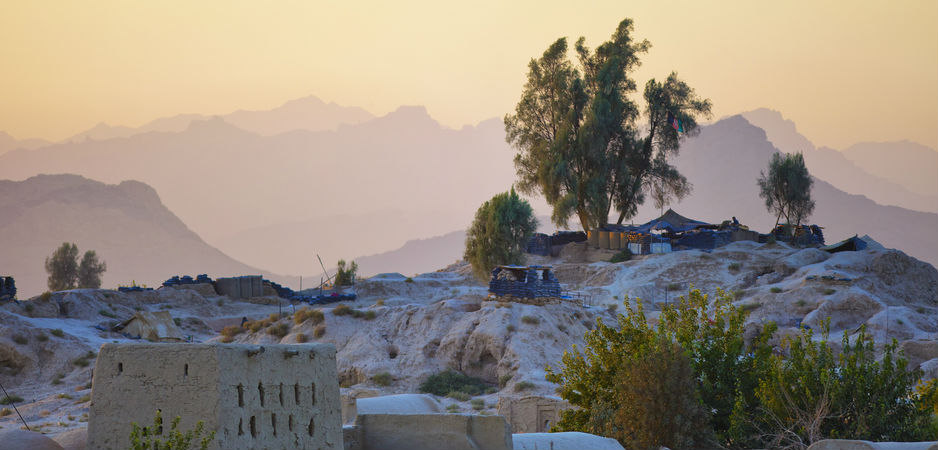
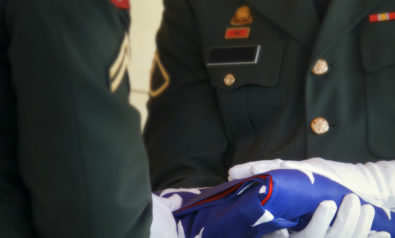


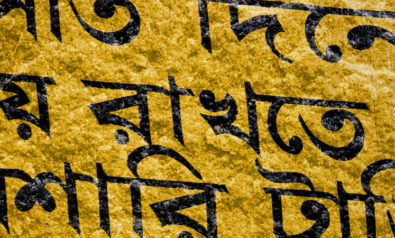

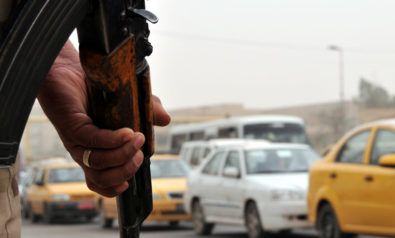
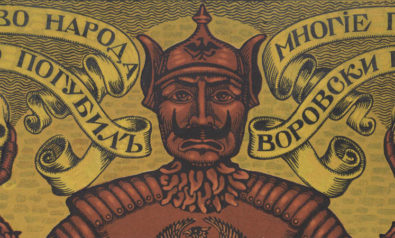
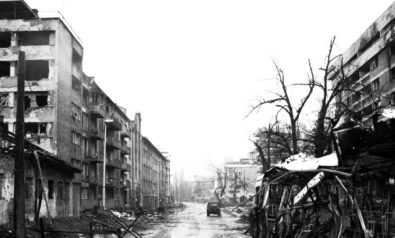

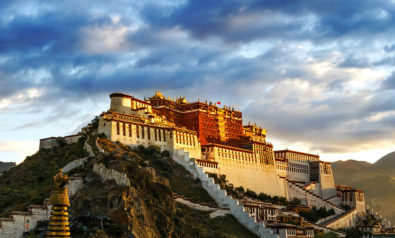
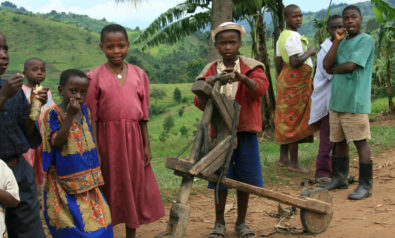



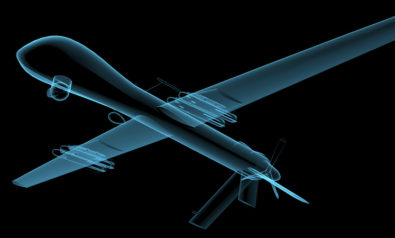

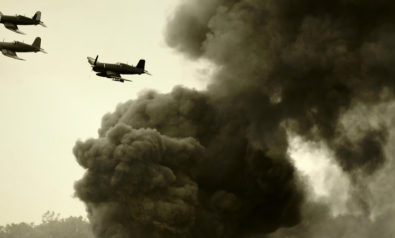
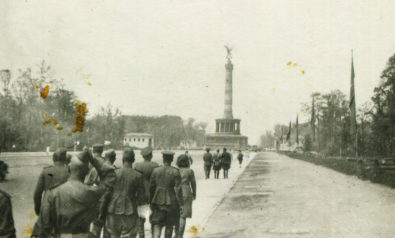



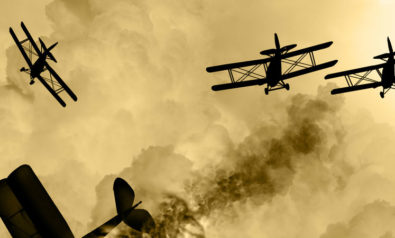
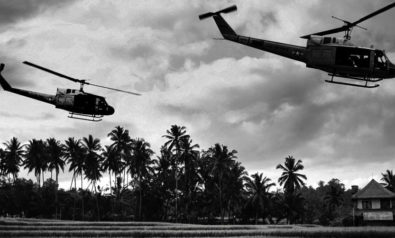

Comment